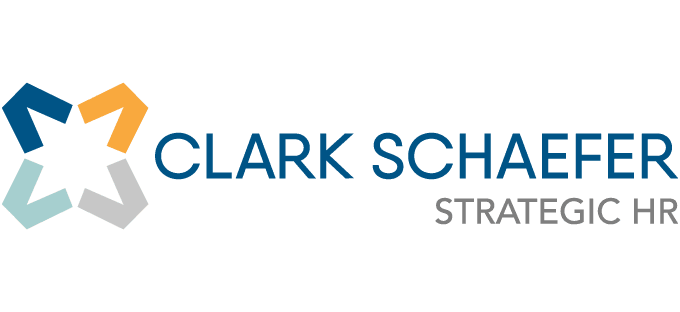What Should I Include in the First 90-Day Introductory Period?
Last Updated on May 14, 2025 / Recruitment

HR Question:
Many of our new hires seem to be leaving within the first few months of employment. We need to tackle this head-on! What are the best practices for ensuring new hire success?
HR Answer:
Let’s face it – filling open positions is demanding work. You need to carefully craft a job ad that attracts the best talent; lead a thorough recruitment and screening process; create an enticing offer for your first-choice candidate, all while nurturing relationships with your other top candidates in case your number one doesn’t accept. So, after your offer is accepted, the hard work doesn’t stop there. This is when you must shift into retention mode because it really doesn’t matter if you just hired the perfect candidate if they don’t stay!
Hard Lessons Learned
We recently assisted a client who found themselves in this predicament. They were seeing a trend of significant turnover during the first few weeks or months of hire. All that hard work to find the perfect candidate, only to have them leave before they were able to make a meaningful impact.
An analysis of their hiring process revealed that while their selection process was excellent, the post-hire experience needed a reboot. New hires often did not have the equipment necessary for the job, they were not included in regular meetings, and they were not given the opportunity to get to know the individuals they would be working with. After a few days of “orientation,” they were on their own, and many decided to leave.
We worked with this client to develop a revamped and structured onboarding and orientation program, featuring regular touchpoints throughout the first six months, which significantly improved outcomes and reduced turnover. The company acknowledged that a positive onboarding experience is crucial not only for employee retention but for overall job satisfaction and effectiveness.
All companies must recognize that the 90-day introductory period is crucial for new employees as they learn, adjust, and determine if they fit well with the position and the company. Some organizations have found that a longer onboarding plan can be beneficial – serving as both a retention and attraction tool. Fortunately, there are numerous strategies your business can implement to make the most of this critical period, and we share some best practices below.
Four Strategies for Onboarding Success
Even the most talented employees will struggle if they are thrown into their roles without any resources or support. Here are some steps you can take to ensure that your new hires thrive during their first 90-day introductory period:
1. Set clear expectations.
It’s essential for new hires to have a firm understanding of their roles, responsibilities, and what management expects them to achieve, along with the time frames for these goals. Without this clarity, expecting employees to succeed is unrealistic.
2. Share and receive feedback.
The 90-day introductory period is the time to offer and receive frequent feedback. Regularly check in with new hires to address their questions, understand what is working well, identify areas needing improvement, and make necessary adjustments. At a minimum, we recommend meeting at the 15, 30, 60, and 90 day marks, but having more frequent (and less formal) touchpoints will help to ensure the new hire has what they need to be successful.
Keep in mind that new employees come with fresh insights, so be sure to seek their input on your existing processes. They can give you very valuable feedback on how your onboarding process is going and suggest ways to augment or improve it.
3. Provide thorough training.
Equip your new hires with the necessary support to succeed in their roles. This can include formal training sessions, one-on-one mentorship, technology introductions, or crash courses on managing everyday tasks specific to your office, such as using the timekeeping system or phone setup. The goal is to ensure newcomers receive the essential information they need to “hit the ground running” and smoothly integrate into the daily workflow.
4. Introduce company culture.
Understanding your company’s culture and internal dynamics can be a significant learning curve for new hires. Pair new hires with seasoned employees who can guide them through the company’s operations. Be upfront with new employees about the history of your company, departments, and key individuals they will interact with. This transparency will help them avoid missteps and develop effective strategies to overcome potential challenges.
Do It Right, Reap the Rewards.
Employers play a crucial role in ensuring that a new hire’s first 90 days are successful. By fostering a supportive environment and providing essential resources, businesses can lay the groundwork for a mutually beneficial and productive relationship with their employees. A strong beginning can pave the way for sustained success and collaboration.
Thank you to Sam Lickert, Director of Talent Acquisition and Contract HR Services, Tianna Hodge, Recruiting Coordinator, and Melinda Canino for contributing to this HR Question of the Week.
Do you need help with recruiting? Our Outsourced Recruitment Services may be the perfect solution. We’ll manage the full process or support just where you need it for info@StrategicHRinc.com for all of your positions. Plus, we offer flexible pricing options including retained, contingency, and hourly rates! Call Clark Schaefer Strategic HR today at (513) 697-9855 or email us for a free recruiting consultation.




